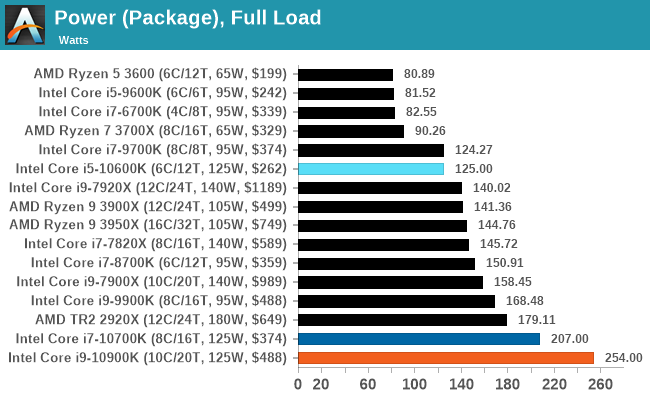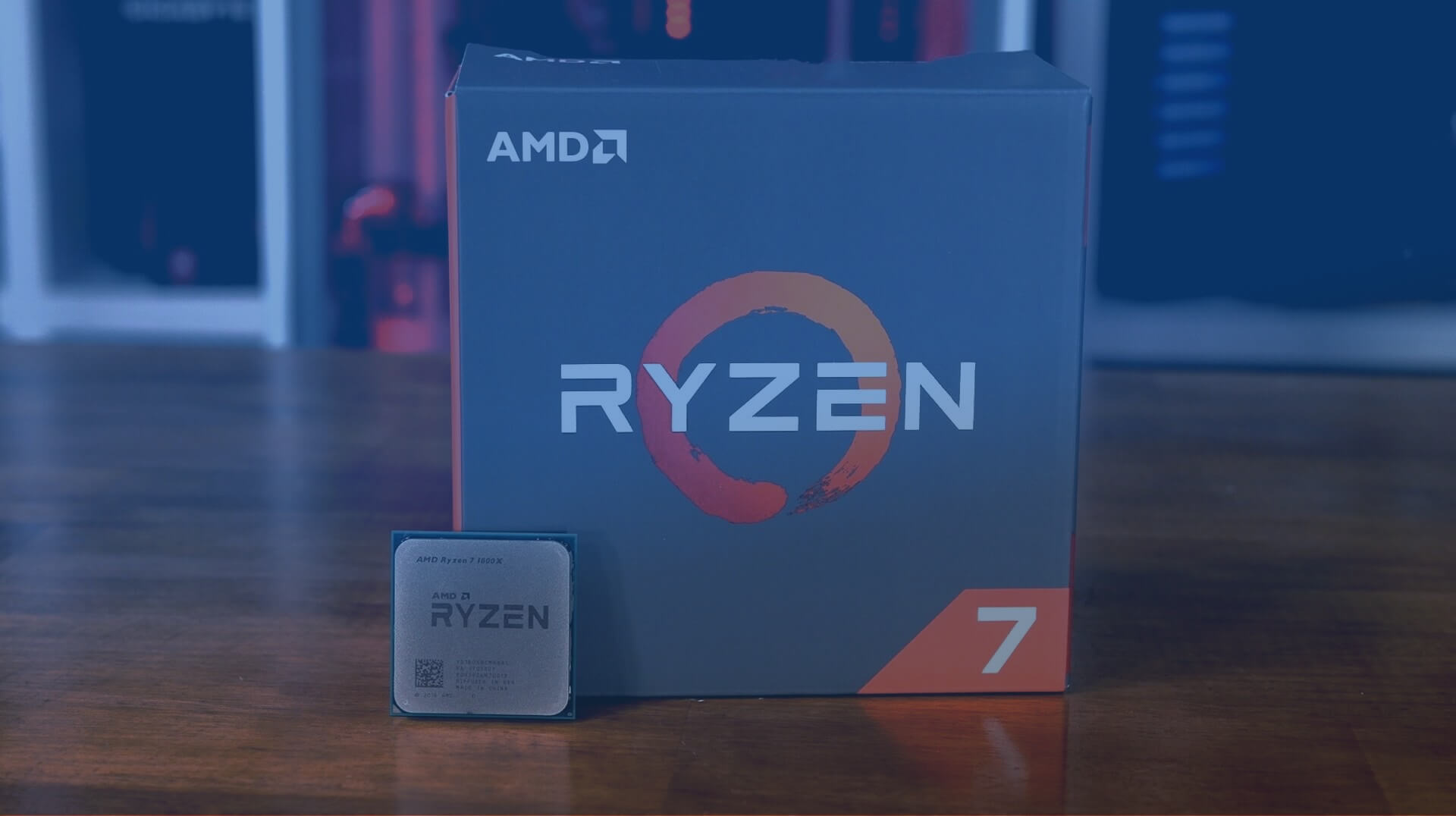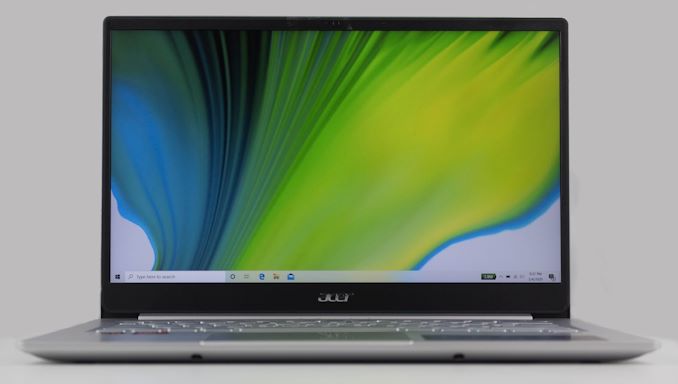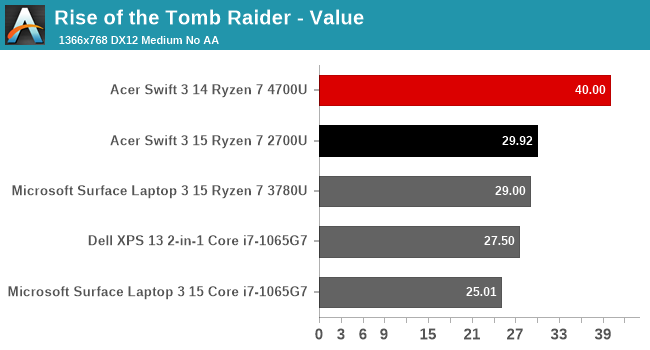They're in the article; it shows the same outcome, when you look at the results for the tests using integrated graphics only. However, if you want further data, you may have to wait a while as there aren't many 4500U reviews out there. Anandtech have done the 4700U:

www.anandtech.com
From the specs alone, one would expect the 4700U to outperform the 1065G7:
Core i7-1065G7 vs Ryzen 5 4700U
Cores: 4 vs 8
Threads: 8 vs 8
Base clock: 1.3 vs 2.0 GHz
Boost: 3.5/3.9 vs 4.1 GHz
L3 cache: 6 MB vs 12 MB
But the 2700U performs, in that particular test, just as well as the 1065G7, and the specs are comparable too:
Core i7-1065G7 vs Ryzen 5 2700U:
Cores: 4 vs 4
Threads: 8 vs 8
Base clock: 1.3 vs 2.2
Boost: 3.5/3.9 vs 3.8
L3 cache: 6 MB vs 4 MB
Yes, they are - the Core i7-1065G7 is on their 10nm node:
quick reference guide including specifications, features, pricing, compatibility, design documentation, ordering codes, spec codes and more.

ark.intel.com
Who are you referring to with 'They' - AMD or Intel?
Intel were claiming approximately 100 million transistors per square mm, 3 years ago:
They're typically don't state transistor count for their products, so unless Intel changes tack with the forthcoming 10 nm lineup, all one will be able to do is make some educated guesses. As things currently stand, Renoir is roughly 62 million transistors per square mm; Matisse is just over 50; Pinnacle Ridge around 25.
I'd expect Intel 10 nm node to be at least as dense as Renoir, but possibly scaled back from the initial targets - they aimed for an enormous increase in density over their original 14 nm node, which has almost certainly been part of the issues they've been experiencing with the newer process.





